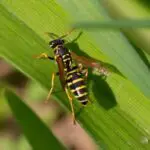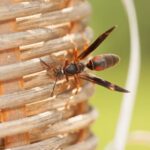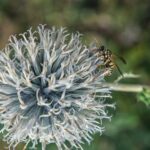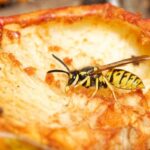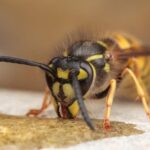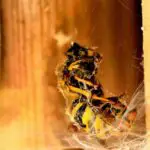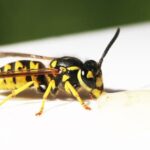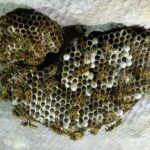Did You Know That Wasps Do Not Have Ears?
Unlike many other insects, wasps lack ears. However, they do have a special organ to detect vibrations. This organ is called the Johnston’s organ. The structure of the organ is very similar to bees’, but has been designed to limit the range of frequencies that it can detect.
Wasps use pheromones to communicate with other wasps. If a wasp notices that another wasp is close, it releases pheromones. This pheromone signal will alert the other wasps that they are near an enemy. The wasp may then charge at the enemy.
Wasps also use sound to locate food sources. If a wasp hears a sound, it will try to locate the source by buzzing around it or by flying near it. They can also use a sound wave to locate other wasps.
Wasps’ hearing organ has a limited range. They can only perceive sounds that range between 500 and 2,500 Hz. This is equivalent to low-frequency sound like rolling thunder. However, other insects are able to hear sounds higher than this.
Wasps also use their antennae as an organ of hearing. The antennae have tiny hairs that help them detect changes in pressure. They also use the hairs to sense movement and touch.
Anatomy of the wasp antennae: It is made up of numerous small joints. It has a stiff, short handle. The flagella, which is a part of the antennae, are covered with microscopic sense organs. They are able to deflect the hairs, which will then record the pressure differences.

